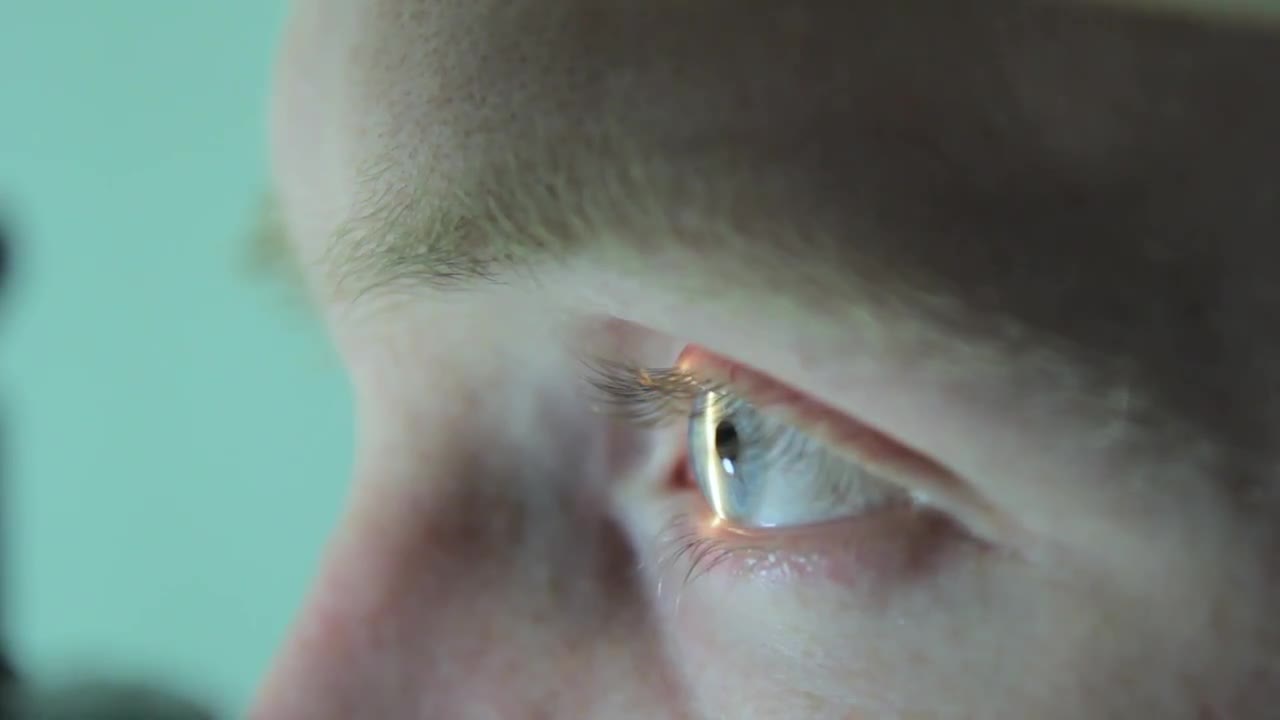

A nanosecond-pulse-duration laser is used to achieve localized thermoelastic expansion of the target tissue. PAM has been widely used in preclinical research, including studies of tumor 12, brain 13, 14, bone 15, liver 16, and joint tissues 17.

This suggests that a multimodality optical imaging approach that can combine the advantages of OCT with additional functional and molecular information would be very beneficial in the field of ophthalmology 10.Īs a hybrid biomedical imaging method, photoacoustic microscopy (PAM) has the unique capability to non-invasively explore the optical absorption properties in biological tissues with high spatial and temporal resolution 11. However, OCTA does not exhibit leakage, provides limited visualization of microaneurysms, and has a restricted field of view, often with artifacts. OCT and OCTA provide anatomic information with high resolution and excellent penetration depth 8, 9. In addition, both FA and ICGA are invasive and require intravenous injection of exogenous dyes that may cause complications in up to 10% of patients, including nausea, emesis, anaphylactic reactions, and even death 7.

Using a larger fluorescent molecule with 98% binding to plasma, ICGA can reveal choroidal circulation, but the images are often difficult to interpret.
Retina scan high resolution free#
FA permits visualization of retinal circulation in detail, but its role in studying choroidal circulation is limited due to free permeation of fluorescein in choroidal vessels. Current imaging methods to diagnose RNV include fluorescein angiography (FA), indocyanine green angiography (ICGA), optical coherence tomography (OCT), and OCT angiography (OCTA) 6. Retinal neovascularization (RNV) represents a major cause of vision loss and blindness and is a common complication of numerous retinal diseases, including proliferative diabetic retinopathy, retinopathy of prematurity, sickle cell retinopathy, and retinal vein occlusions 1, 2, 3, 4, 5.


 0 kommentar(er)
0 kommentar(er)
